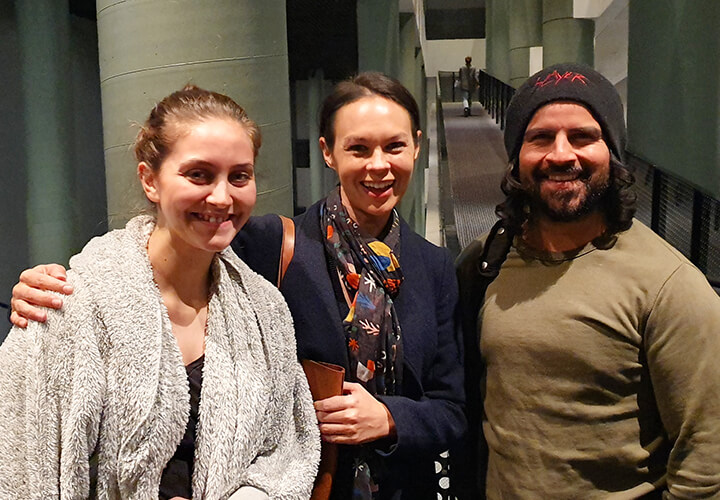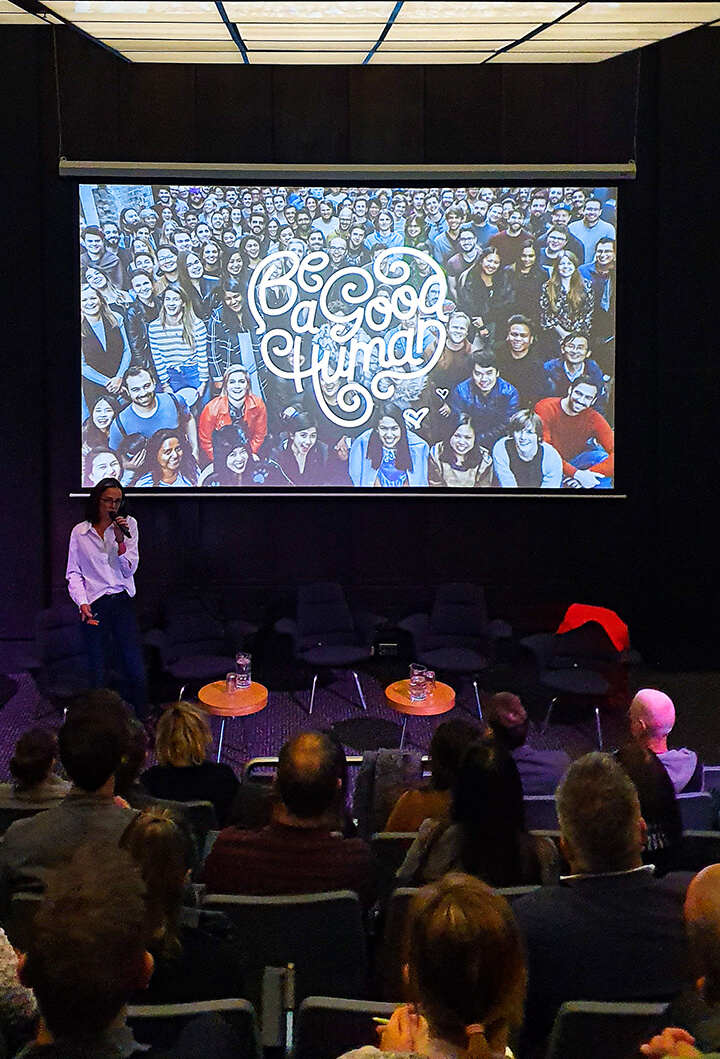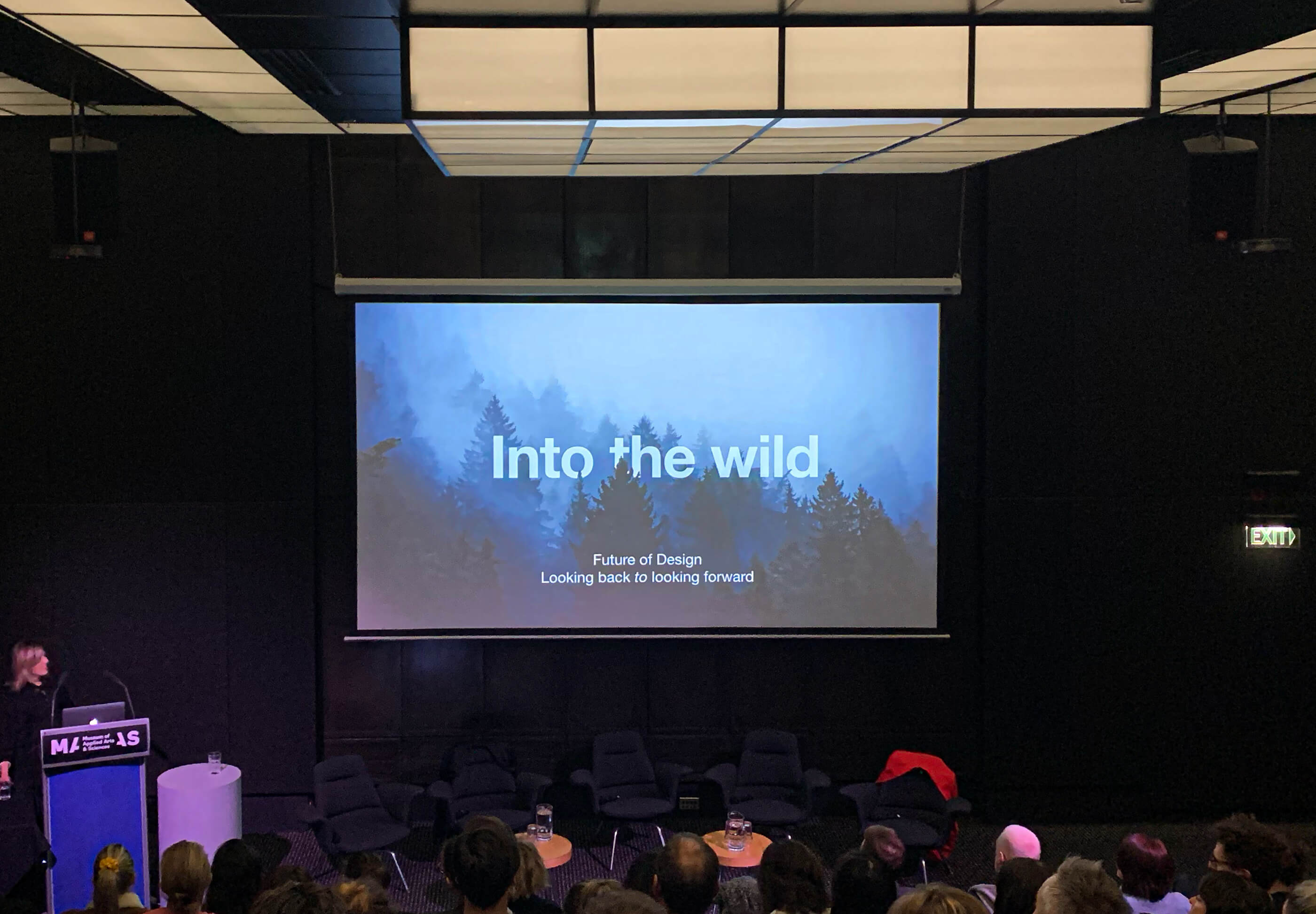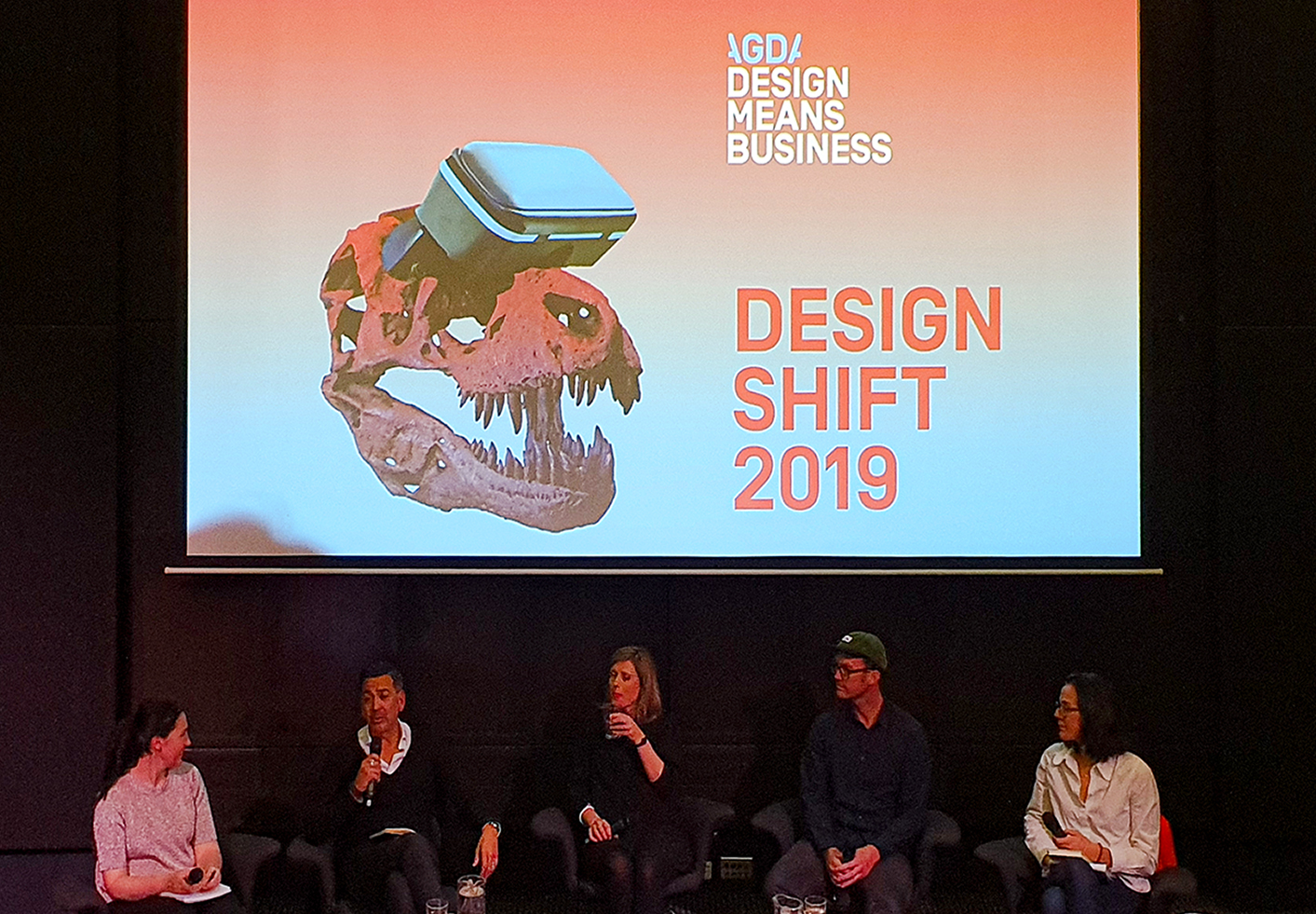The design industry is staring down the barrel of some monumental changes. Here are some tips to help you prepare for what’s on the horizon.
“What does the future hold for design and designers?”
It’s a big, hairy question – and at AGDA’s ‘Design Shift’ event earlier this month, four design professionals were invited to answer it from UTS, Canvas Group, ustwo and Canva.
They all tackled the question in different ways. Ustwo’s visual design lead Simon Ward singled out four predictions. He believes the future of design will be omni-digital, immersive, sustainable (“people are tired of senseless waste”) and accessible. By accessible, he means we’ll have more access to our personal data, and this will empower us in new ways. A key takeaway is that “access to our personal data and the capacity to own and leverage it for our benefit will be the new ‘entitlement’.”
On the other hand, we’re hurtling towards an era of information overload. People will look for ways to disconnect as opposed to being ‘always on’. This means designers will have to implement technology in more invisible ways, he warned.
“Opportunity abounds for designers”
We also enjoyed Leanne Sobel’s take on the future of our industry. Sobel is a Strategic Design Practitioner at the UTS Design Innovation Research Centre, and described her team as a “motley group that finds common ground through design thinking” – a bit like the team at BrandCulture, if we do say so ourselves.
Sobel’s view of the future was refreshingly upbeat. “There’s a tremendous opportunity for designers to demonstrate design as a new way of thinking – as a way to approach problems in the world.”
She believes designers inherently possess invaluable traits that will help to solve some of the world’s trickiest problems. Traits like curiosity, listening, sensing, questioning, adapting, and communicating, which we pride ourselves on here, too.
“These skills all lie at the heart of good design. Designers ask the right questions and keep people accountable. They also seem to be intrinsically motivated to change things for the better. All of these traits are something that management consultancies are trying to tap into. And yet these skills are already inherent in our work. As designers, it’s a big opportunity.”
So… where is design going?
If there’s a choice between design as craft versus design as strategy for impact, then Sobel says: “Choose both.”
“It’s no longer enough to design for the sake of it: designers now have the power to agitate, to be political, to examine the ethics of design or rethink the longevity of their designs,” she said.
‘Transition design’ is a trend worth watching: “We are living in transitional times that will require systems-level change – and designers have a key role to play.”
Think systemic, ethical, social or speculative design, which means reimagining futures, shifting mental models to challenge how we see things, and designing for 50 years from now. Designers have the power to get people thinking outside their current constructs and to re-design systems and processes. Design is political.
Luckily for us, it seems being the “Why? Why not?” voice in the room has never been more important.
* AGDA’s Design Shift event took place on 10th September 2019 at the Powerhouse Museum in Sydney.



